Islands destinationThe Dry Tortugas islandsFlorida Keys | Gulf of Mexico
Last updated on 02/28/2025 at 09:24 AM
The Dry Tortugas islands are located to the west, about a hundred kilometers off the coast of Key West, the most extreme island of the Keys, and are only accessible by sea or air.

An aerial view of Fort Jefferson on the Dry Tortugas islands © Maisna | Dreamstime.com
The Dry Tortugas islands consist of a group of seven small paradise islands and coral reefs located in the Gulf of Mexico, extending from the Keys, making it an isolated and preserved place, far from the hustle and bustle of traditional tourist destinations.
Fort Jefferson
Discovered in 1513 by Spanish explorer Juan Ponce de León, the islands were initially named « Las Tortugas » due to the abundance of sea turtles in the region. The term « Dry », meaning « dry » in English, was later added to indicate the lack of fresh water on the islands, thus warning sailors.
The main tourist attraction of the Dry Tortugas Islands is Fort Jefferson, an impressive red brick hexagonal structure built in the 19th century. Designed to protect the important maritime routes of the Gulf of Mexico, the fort was never completed but remains a fascinating testament to military engineering of the time.
Today, it is part of the Dry Tortugas National Park, established in 1992.
Numerous activities
The crystal-clear waters and the presence of coral reefs around the islands provide ideal conditions for snorkeling and scuba diving. You can explore the rich marine biodiversity protected by the national park, with a wide variety of colorful tropical fish, sea turtles, and sometimes even dolphins.
A visit to Fort Jefferson is a must, with its hexagonal architecture, including its bastions, tunnels and casemates, while discovering its fascinating history.
Finally, explore the trails of the different small islands that make up the national park to enjoy exceptional views and observe the numerous seabirds. Over 300 species have been recorded, including some rare migratory species, making the Dry Tortugas Islands a true paradise for birdwatchers !
How to get there ?
The city of Key West is the starting point for discovering the Dry Tortugas National Park and Fort Jefferson, all dressed in red bricks and surrounded by turquoise waters. The excursion is a day trip, either by boat or seaplane !
Be sure to book your Dry Tortugas excursion in advance, as during the high tourist season, boat or seaplane seats tend to fill up quickly !
The journey to the Dry Tortugas islands is an adventure in itself and marks the beginning of your journey to the Dry Tortugas National Park !
Helpful tips
Make sure to bring water and food for the entire duration of your stay, as the islands do not have stores or restaurants. Upon your return, leave your environment just as you found it upon arrival. Leave no trace of your visit and take nothing but photos and unforgettable memories !
The Dry Tortugas islands have very little natural shade, so don't forget to bring items to protect yourself from the sun, such as a hat, sunscreen, or protective clothing.
Did you know ?
For a truly immersive experience under starry nights and spectacular sunrises or sunsets over the ocean, you can opt for a camping night on Garden Key, one of the main islands where camping is allowed with basic facilities for campers.
Visit the Dry Tortugas Islands in the spring to observe the many birds that make a stopover during their migratory journey !
Florida Keys islands
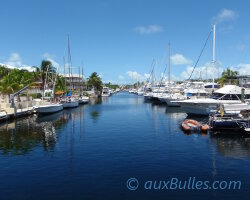
Key Largo island
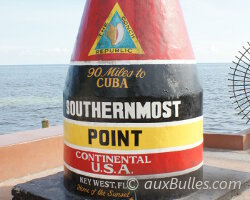
Key West island
The islands from gulf of Mexico

Cedar Key
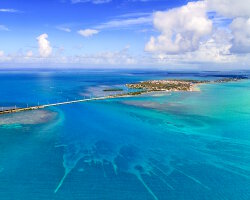
Florida Keys islands

Sanibel island
Explore new islands !
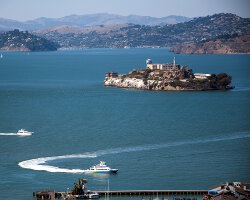
Alcatraz island

Bimini islands
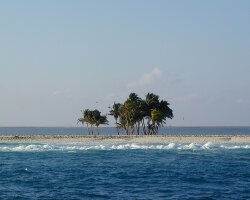
Clipperton island
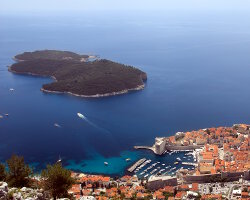
Lokrum island

New-Zealand

Paradise island
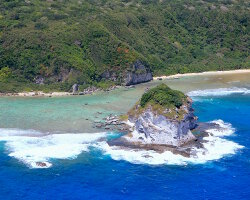
Saipan island

Santorini island
Our latestUpdates
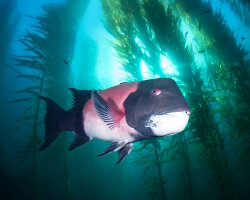
Thursday, October 2nd 2025
The California sheephead
Discover the California sheephead, a colorful fish of the eastern Pacific. Learn about its appearance, diet, habitat in kelp forests, unique sex-changing ability and role in marine ecosystems.

Monday, September 29th 2025
The banded guitarfish
Discover the banded guitarfish, a benthic eastern Pacific species with unique camouflage, living on sandy and rocky bottoms.
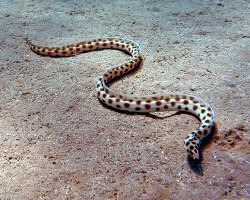
Thursday, September 25th 2025
The tiger snake eel
Explore the tiger snake eel (Myrichthys maculosus), featuring a creamy to pale yellow body dotted with black spots, and learn about its habitat, behavior and role in coral reef ecosystems.
Photo of the Day

Salmacine
(Filograna implexa)
(Filograna implexa)


